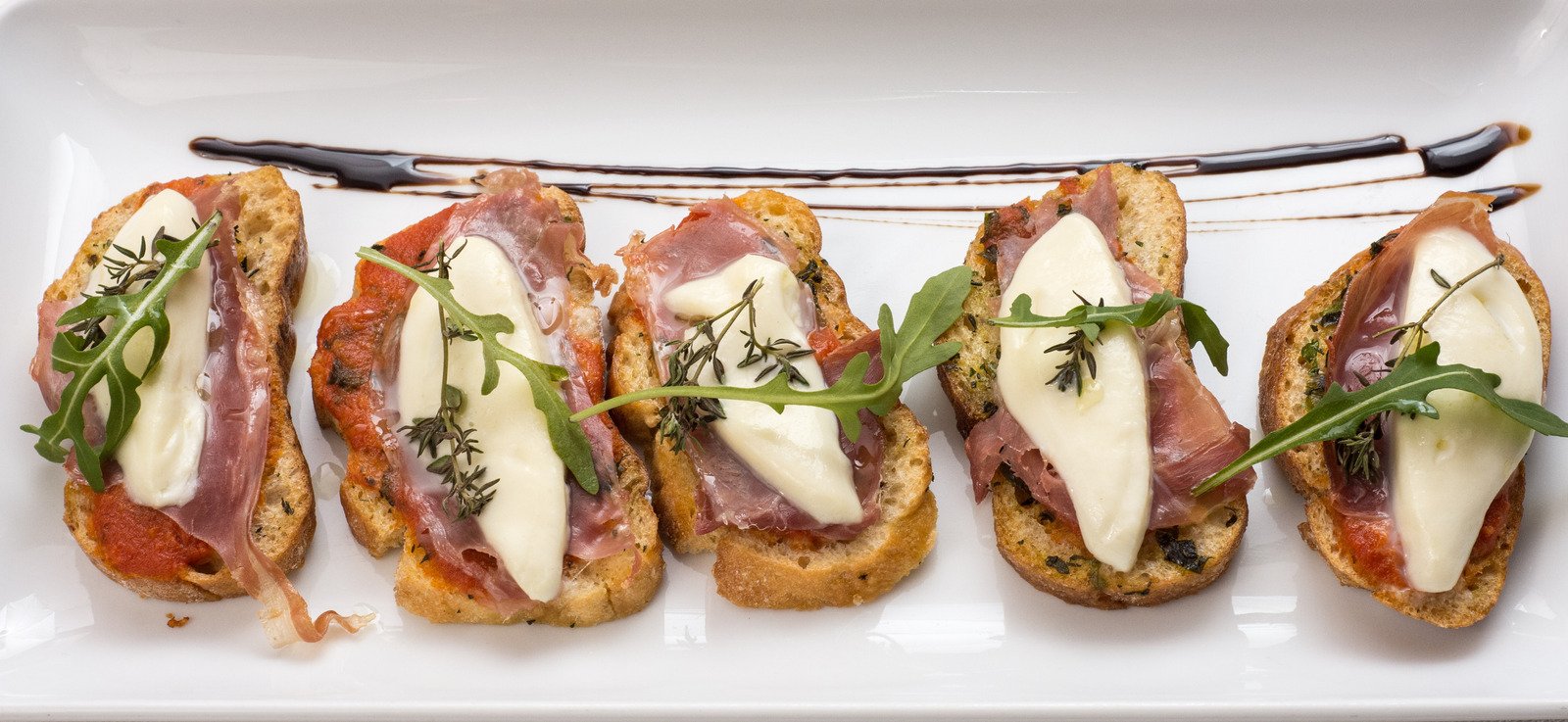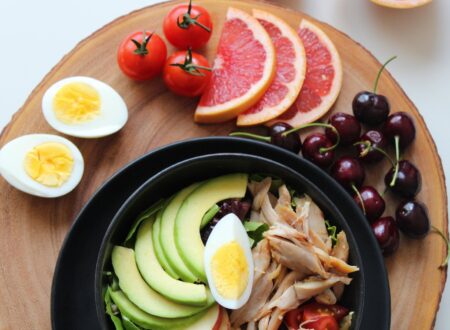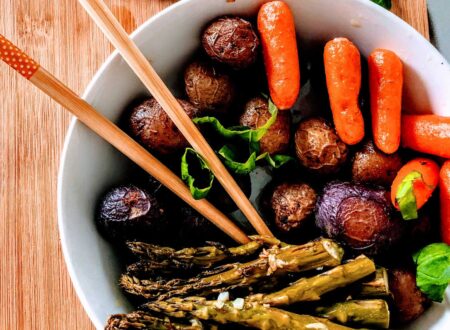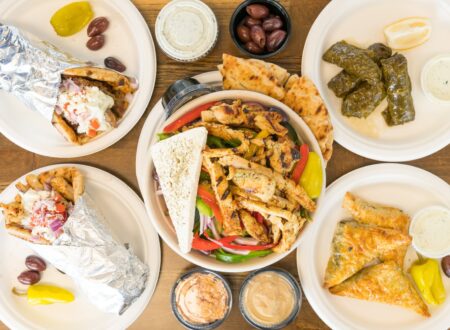Introduction to Global Cuisine
Food has an incredible power to transport us. With each bite, we can explore distant lands and experience vibrant cultures without ever leaving our kitchens. Global cuisine is a delightful tapestry woven from the threads of tradition, history, and innovation. From spicy street food in Thailand to hearty pasta dishes in Italy, every plate tells a story.
Imagine savoring the fragrant spices of India or indulging in the fresh flavors of Mediterranean fare. Each region brings its unique ingredients and cooking methods that reflect its environment and history. This culinary journey invites you to discover what’s on your plate while celebrating the world’s rich diversity through food.
Let’s embark on this adventure together as we delve into the various global cuisines that tantalize our taste buds and inspire our palates!
The Influence of Culture on Food
Culture shapes our culinary experiences in profound ways. It’s the lens through which we view food, impacting what we eat and how we prepare it. Traditions passed down through generations dictate not only recipes but also dining rituals.
For instance, communal meals are central to many cultures. They foster connection and celebration, providing a space for stories and laughter over shared dishes. Think about Italy’s family gatherings centered around pasta or Japan’s meticulous sushi craftsmanship.
Spices tell their own cultural tales too. The heat of chili peppers in Mexican cuisine contrasts with the subtlety of herbs like dill in Scandinavian dishes. Each ingredient carries history and meaning, reflecting local geography and climate.
Food is more than nutrition; it’s an expression of identity that can unite diverse communities while highlighting unique heritages. A single dish can evoke memories of childhood while bridging cultural divides across continents.
Popular Dishes from Around the World
Around the globe, food serves as a delicious expression of culture. Each region boasts its own signature dishes that tell stories of tradition and creativity.
In Italy, pasta comes in countless forms. Whether it’s a hearty bowl of spaghetti carbonara or delicate ravioli filled with ricotta, each bite transports you to sun-kissed vineyards.
Traveling to India, the aroma of spices fills the air. Dishes like butter chicken and biryani offer layers of flavor that delight the senses. The vibrant colors make every meal an experience.
Japan introduces us to sushi—an art form on a plate. From nigiri to sashimi, fresh ingredients shine through simplicity and precision.
South America brings empanadas and feijoada into our lives—a celebration of history wrapped in dough or served as a stew rich with flavors.
Each dish reflects deep-rooted customs while inviting adventurous eaters to explore new tastes across continents.
Exploring Unique Ingredients and Flavors
Every cuisine tells a story through its unique ingredients. Take saffron, for instance. This precious spice from Iran adds an earthy richness to dishes like paella and risotto.
Consider the vibrant world of spices in Indian cooking. Cardamom, cumin, and turmeric create layers of flavor that dance on your palate. Each one contributes not just taste but also history and tradition.
Seaweed often graces Japanese plates, offering umami notes that elevate sushi or miso soup. Its oceanic essence connects diners with nature’s bounty.
In Mexico, tomatillos add a tangy punch to salsas and sauces. Their distinct tartness enhances everything from tacos to enchiladas.
Exploring these flavors invites curiosity about their origins. From the bustling markets of Marrakech to quiet farms in Tuscany, each ingredient has a journey worth discovering. Tasting is just part of the adventure—understanding deepens appreciation for global culinary artistry.
A Look at Different Cooking Techniques
Cooking techniques vary widely across cultures, offering a fascinating insight into global cuisine. From the fiery stir-frying of Southeast Asia to the slow braising methods found in traditional European kitchens, each technique tells its own story.
Grilling brings out natural flavors through direct heat. It’s popular in many regions, like Argentina’s asado or Japan’s yakitori. Each method adds distinct textures and tastes to ingredients.
Then there’s baking, a staple for countless dishes worldwide—from fluffy Italian focaccia to delicate French pastries. This precise art relies on chemistry, transforming raw elements into delectable treats.
Steaming is another gentle approach that preserves nutrients while enhancing freshness. Dim sum lovers know this well; those tiny parcels bursting with flavor are a testament to skillful steaming.
Fermentation stands out as an ancient practice that has given rise to beloved foods like kimchi and sauerkraut. It brings complexity and depth that elevate simple ingredients into culinary masterpieces.
Embracing Diversity through Food
Food is a universal language. It brings people together, transcending borders and cultures. Through every meal shared, we celebrate our differences.
When we explore diverse cuisines, we open doors to new experiences. Each dish tells a story of history, tradition, and innovation. The flavors reflect the heart of each culture.
Dining on international dishes allows us to appreciate unique perspectives. It fosters understanding and connection among communities that might otherwise remain strangers.
Cooking can also become an adventure in diversity. Mixing spices from various traditions creates exciting fusion dishes right at home. This culinary experimentation enriches our palates while honoring different heritages.
Sharing recipes with friends or participating in potlucks encourages this embrace of global flavors. These small acts build bridges between individuals and spark conversations about heritage and identity through food.
Tips for Incorporating Global Cuisine into Your Daily Life
Start small by choosing a country each week. Research its traditional dishes and try to recreate them at home. This makes cooking an exciting challenge.
Incorporate global flavors into familiar recipes. Add spices like cumin or turmeric to your everyday meals for a twist that transports your palate.
Explore local markets for unique ingredients. Seek out specialty shops featuring foods from various cultures, fostering curiosity about how they influence regional cuisine.
Join community classes or online workshops focused on international cooking techniques. Learning from experts can provide invaluable insights and hands-on experience.
Embrace potlucks with friends, where everyone brings a dish from their heritage. This promotes sharing stories behind the food while broadening everyone’s culinary horizons.
Follow food bloggers or chefs who specialize in global cuisines on social media platforms. Their creativity can inspire you to experiment more in the kitchen regularly.
Conclusion
The world of global cuisine offers a rich tapestry of flavors, ingredients, and traditions. Each dish tells a story rooted in its culture, reflecting the history and experiences of those who create it. Embracing this diversity not only broadens our palates but also fosters understanding among different cultures.
By incorporating elements from various cuisines into your everyday meals, you can embark on your own culinary adventure right in your kitchen. Experiment with unique spices, explore traditional cooking methods, or simply try out new recipes that intrigue you.
As we savor these diverse dishes together, we open ourselves to a world filled with endless possibilities and delightful surprises. So go ahead—explore the flavors waiting to be discovered!





